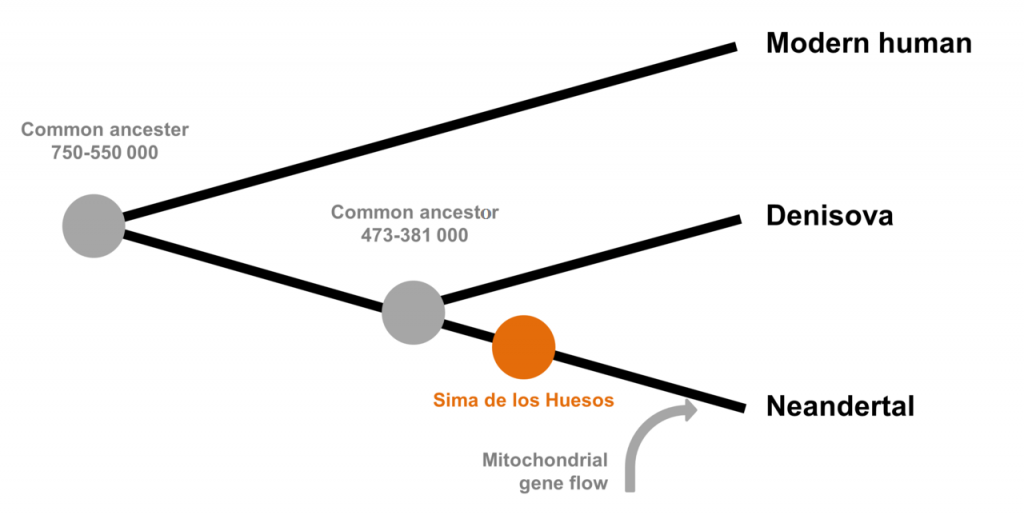Genetic evidence suggests that juvenile traits helped separate chimps from us
For decades scientists have noted that
mature humans physically resemble immature chimps—we, too, have small jaws, flat faces and sparse body hair. The retention of juvenile features, called neoteny in evolutionary biology, is especially apparent in domesticated animals—thanks to human preferences, many dog breeds have puppy features such as floppy ears, short snouts and large eyes. Now genetic evidence suggests that
neoteny could help explain why humans are so radically different from chimpanzees, even though both species share most of the same genes and split apart only about six million years ago, a short time in evolutionary terms.
In animals, neoteny comes about because of delays in development, points out molecular biologist Philipp Khaitovich of the Max Planck Institute for Evolutionary Anthropology in Leipzig, Germany. For instance, humans sexually mature roughly five years after chimps do, and our teeth erupt later.
“Changes in the timing of development are some of the most powerful mechanisms evolution can use to remodel organisms, with very few molecular events required,” he explains.
To look for genetic evidence that neoteny played a role in the evolution of
Homo sapiens, Khaitovich and his colleagues compared the expression of 7,958 genes in the brains of 39 humans, 14 chimpanzees and nine rhesus monkeys. They collected samples from the dorsolateral prefrontal cortex—a region linked with memory that is relatively easy to identify in the primate brain. These tissues came from deceased individuals at several stages of life, from infancy to middle age, enabling the researchers to see how genetic activity changed over time in each species.
In both humans and chimps, about the same percentage of genes changed in activity over time. But roughly
half these age-linked genes in humans differed from chimps in terms of when they were active during development. Analysis of the 299 genes whose timings had shifted in all three species revealed that almost 40 percent were expressed later in life in humans, with some genetic activity delayed well into adolescence.
Although the specific function of many of these neotenic genes remains uncertain, they are especially active in the gray matter of the human brain, where higher thought occurs, the researchers note in the April 7
Proceedings of the National Academy of Sciences USA. They are now probing other parts of the brain in humans, chimps and macaques to see where neoteny might play a role.
Actually proving that neoteny helped to drive human evolution and brain size is difficult. Khaitovich suggests analyzing genetic activity in cases of faster-than-normal development in people, “which past research already shows can lead to a reduction in cognitive abilities,” he says.
Other experts certainly think that neoteny’s role is reasonable. The ability of the brain to learn is apparently greatest before full maturity sets in, “and since neoteny means an extended childhood, you have this greater chance for the brain to develop,” says molecular phylogeneticist Morris Goodman of Wayne State University, who did not participate in this study. In other words, human evolution might have been advanced by the possibilities brimming in youth.


 . Honestly, I loved the book. The most impressive thing is that he covers effortlessly extremely complex subjects on haplotypes, fossils, research methods, etc. A little child can probably read this book. You don't need two PhDs to understand the lingo in this field. Reading Stringer will put things into perspective. And the last chapter was priceless after all his thesis of "Out of Africa".
. Honestly, I loved the book. The most impressive thing is that he covers effortlessly extremely complex subjects on haplotypes, fossils, research methods, etc. A little child can probably read this book. You don't need two PhDs to understand the lingo in this field. Reading Stringer will put things into perspective. And the last chapter was priceless after all his thesis of "Out of Africa".